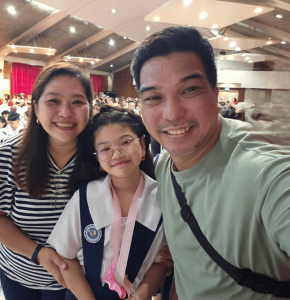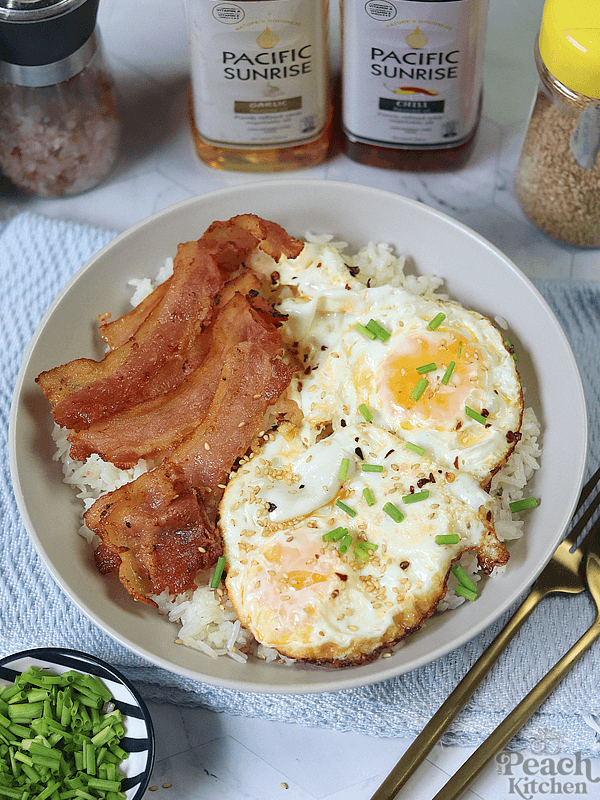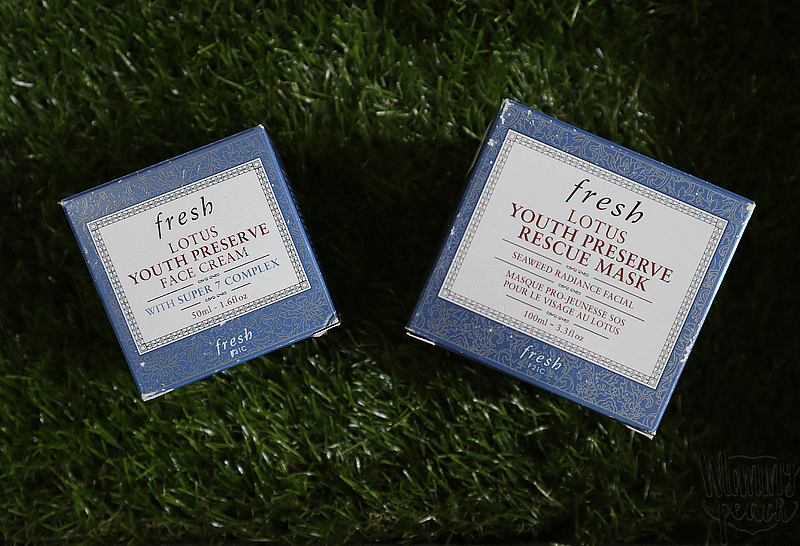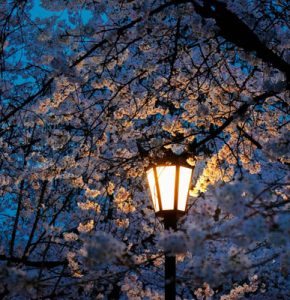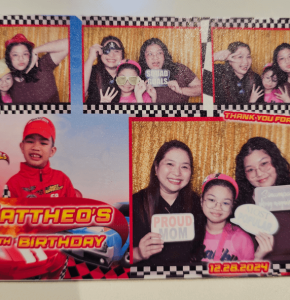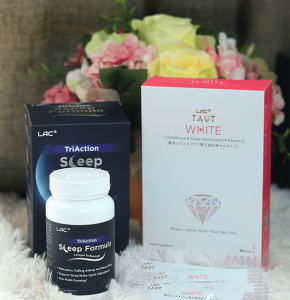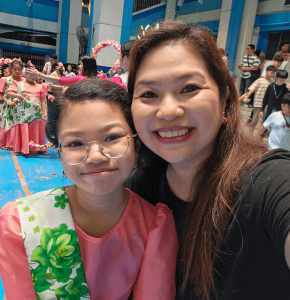Creating beautiful interiors for your home takes more than just furnishings, wall decors, and window treatments. Your home lighting design can also have an impact on the look and feel of every room in the house. It can be easy to light up your home with lamps or bulbs but you may just as easily end up with poor lighting if you don’t consider the function, space, and decors of the room. Understanding the basics of home lighting can help you pick your way through bulbs, fixtures, LEDs, Christmas Lights, etc. and get the best lights design for your home.
The first step is to recognize the different functions of light in your home. A basic function of light is to provide general fill light in any room. You can choose from any number of lamps or fixtures for this purpose but LEDs are the best option for those who would like to save on energy costs. The next consideration is lighting needs for specific tasks like reading or working in the kitchen. This can be addressed by placing task lights in areas where the specified functions are being performed. For example, lights under the kitchen cabinets for countertop activities or a bedside lamp for reading. Lights can also be used for decorative purposes. Spotlights or down lights can be used to highlight paintings or photos in the wall or any décor element in the room. There are also fixtures that can be used as a decorative element for the room. Scone lights, chandeliers, Christmas lights, etc. are some of the options that you can consider for this purpose.
Knowing and understanding the different functions of light can help homeowners come up with an effective lighting design for their homes. This task can be left in the hands of lighting professionals or an interior designer but knowledge in home lighting basics can help you make better decisions in choosing your home lights.



